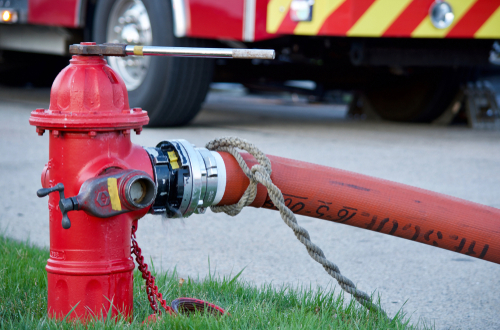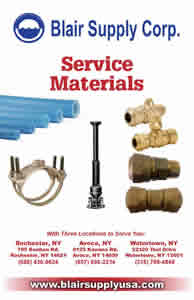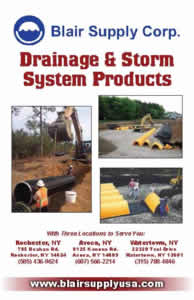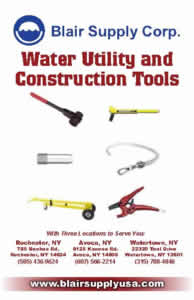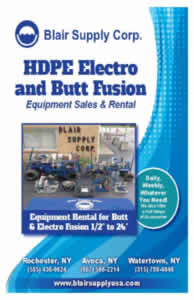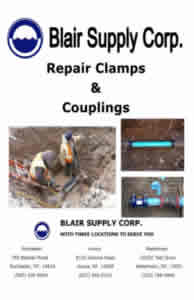Blog
2 Types of Fire Hydrants Explained
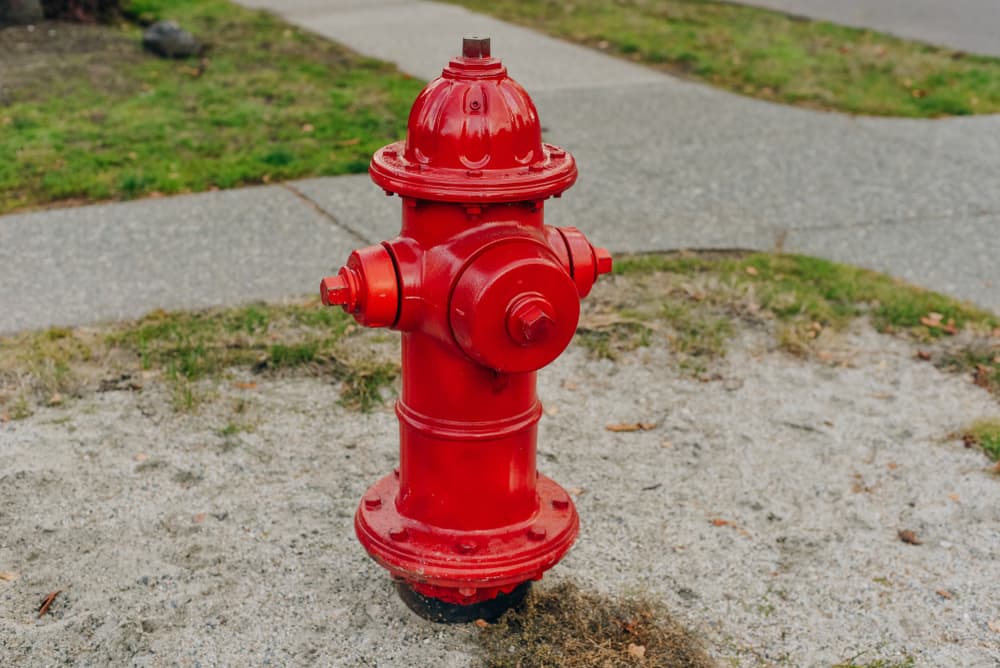
Believe it or not, fire hydrants have been around for more than two centuries now. First patented in 1801 by Philadelphia city engineer Frederick Graf, this ingenious invention streamlined firefighting efforts, enhanced safety throughout the States, and saved innumerable lives of our fellow citizens.
While the original design has remained mostly unchanged since 1958, when it was brought up to modern standards, different companies continued to refine the builds to make fire hydrants sturdier, easier to operate, and more efficient.
Inevitably, this led to different variations of the same product, giving us several different types of fire hydrants for sale at every well-equipped water material supplier in the US. Today, we’ll be looking into two of the most common variations in use.
What are the types of fire hydrants?
In general, fire hydrants can be sorted into one of 5 categories (not to be confused with grades of fire hydrants, which use different metrics), based on design, operation, and utilization:
- Wet Barrel hydrants
- Dry Barrel hydrants
- Standpipe systems
- Flush hydrants
- Monitor hydrants
However, the two most common types of fire hydrants in the US are Wet Barrel and Dry Barrel, due to their efficiency and practicality, which is why we’ll be focusing on them.
Wet Barrel Fire Hydrants
As the name suggests, wet barrel hydrants hold water inside the body (up to the outlets) at all times and come equipped with individual valves for each outlet. This design choice makes them super-easy to operate, as all the firefighters must do is open the valve and the water immediately flows out.
In addition, the multi-valve system offers better control and more flexibility, allowing firefighters to attach and operate multiple hoses independently which can be invaluable in critical situations. The main downside of wet barrel hydrants is that they’re ill-suited for cold climates.
Since the water is always present in the barrel, the risk of freezing is omnipresent in cold environments, which can render the fire hydrant unusable and even cause severe damage, necessitating repairs or replacement.
Dry Barrel Fire Hydrants
Designed to prevent the risk of freezing, Dry Barrel hydrants employ several simple, yet ingenious solutions that add to the reliability without compromising efficiency. First, the main valve is located underground, below the freezing line.
This does make Dry Barrels slightly more difficult to operate because firefighters must first open the main valve using a long stem or rod to let the water flow into the body of the fire hydrant.
This trade-off is considered worth it, as there’s no risk of freezing, meaning that the fire hydrant will remain reliable and operational even in harsh weather conditions.
However, aside from a slight decrease in operating ease, which mostly affects the firefighting personnel as they must train to operate both, the differences in functionality are either non-existent or negligible, which is why Dry Barrels are the overwhelmingly most utilized fire hydrant type in the US.
Where can I find high-quality fire hydrants for sale near me?
Blair Supply Corp. is the premier choice of supplier if you’re looking for top-tier fire hydrants certain to meet your needs, whether they be commercial, industrial, municipal, or otherwise. We partner with some of the leading manufacturers in the US, including Mueller, Co. and Kennedy Valve, Co., to deliver products that are built for reliability, longevity, and efficiency.
Whether you’re in Jefferson County, NY or elsewhere in the US, you can count on our well-developed distribution network to deliver correct materials in a timely manner, streamlining your efforts and paving the way for your success. Connect with us today and discover why we remain the preferred choice for more than six decades!

